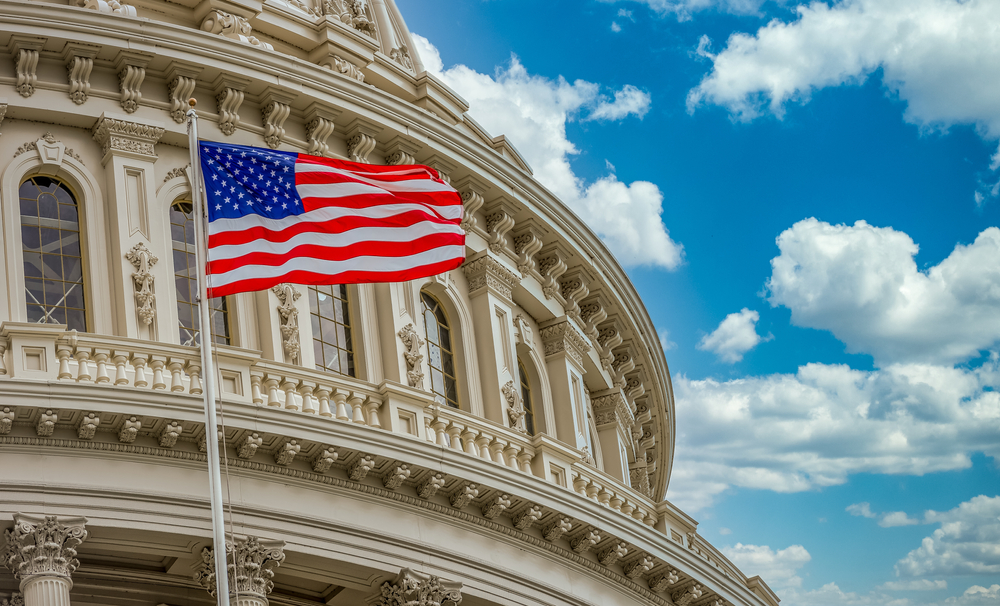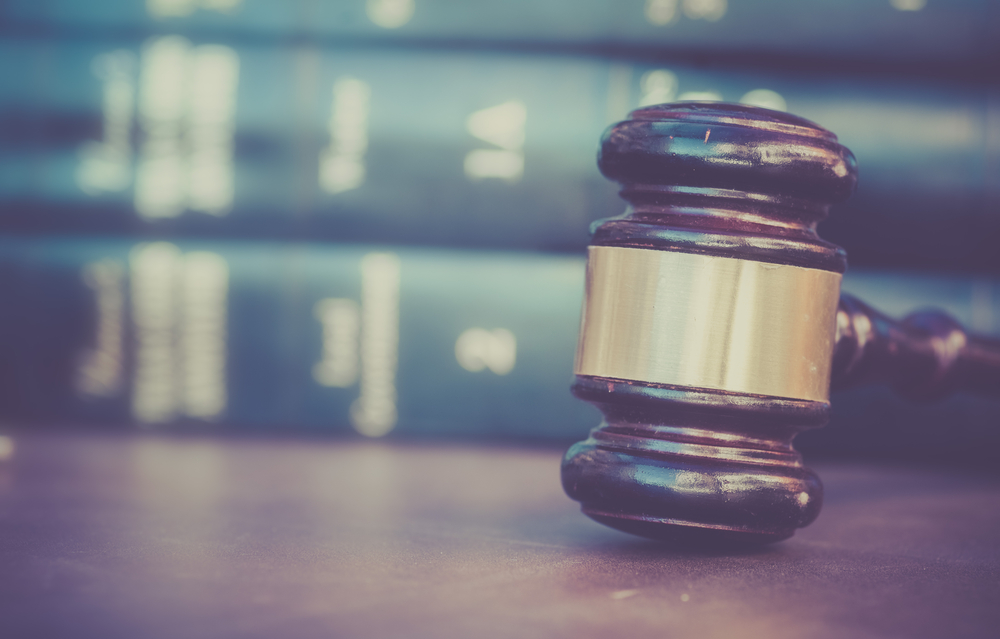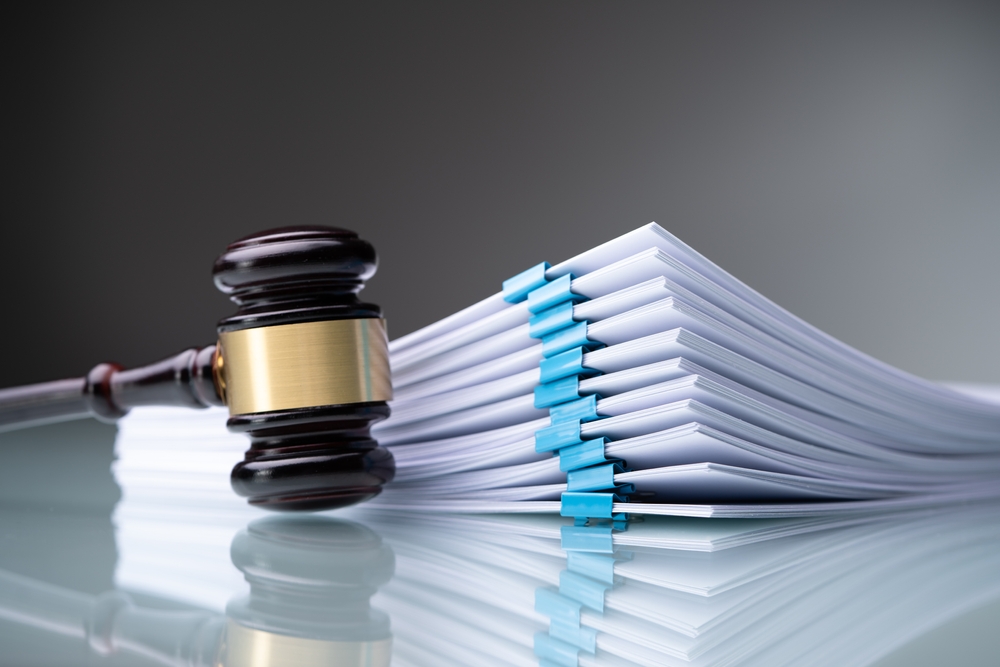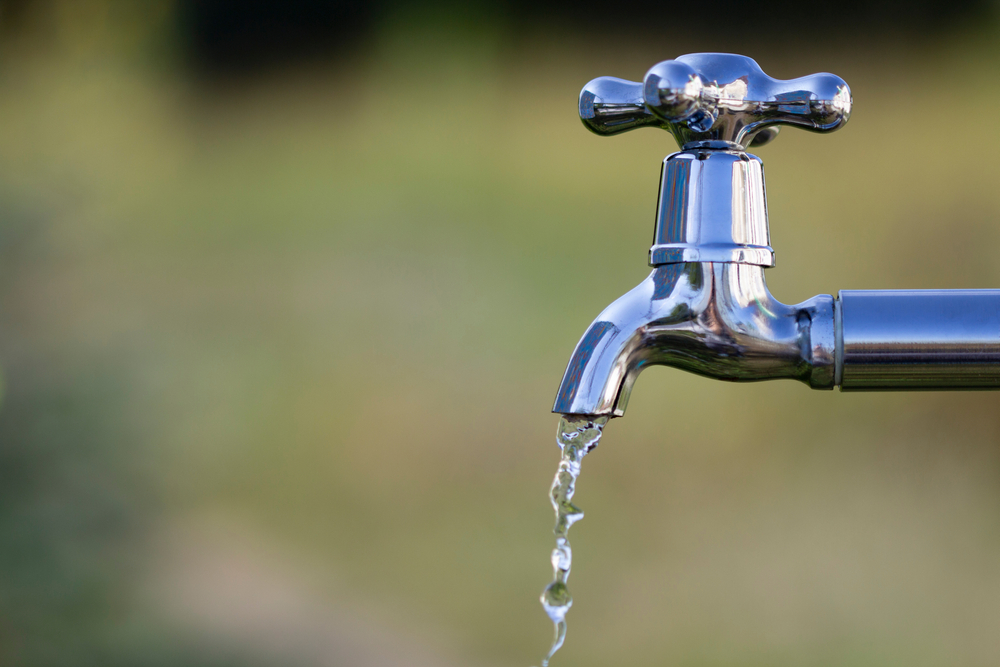Camp Lejeune Contamination Clean Up: Is the Water Safe?
On August 10, 2022, President Biden signed into law the PACT Act. The legislation serves as the largest health care and benefits expansion in the history of the U.S. Veterans Administration (VA). It includes the Camp Lejeune Justice Act, which allows contaminated water victims to file Camp Lejeune lawsuits against the government. For 30 years, starting in 1953, toxic substances caused by hazardous waste flowed through the water supply at Camp Lejeune.
Through the Camp Lejeune Justice Act, a two-year window has been given to individuals who lived or worked at Camp Lejeune for at least 30 days between 1953 and 1985 to file a claim for compensation for injuries they sustained. Thousands of Camp Lejeune victims are expected to come forward in the coming months to seek justice for the severe illnesses caused by the Camp Lejeune water contamination. The toxic water is known to have caused people to suffer from a wide range of serious conditions and illnesses, including several types of cancer, renal failure, Parkinson’s disease, miscarriages and birth defects. Victims can file claims on their own or with the help of a Camp Lejeune attorney.
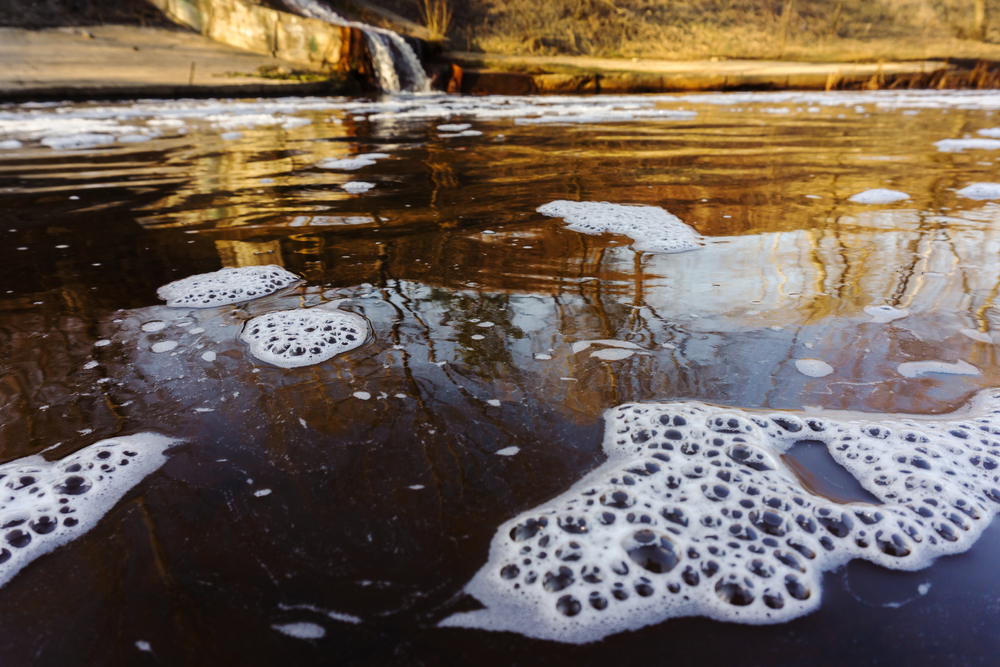
While people around the country celebrate the passage of the law, a remaining question lingers. Is the Camp Lejeune water safe?
How Safe Is the Water at Camp Lejeune in 2022?
The pain and suffering caused by the toxic water supply at Camp Lejeune, a U.S. Marine Corps Base in Jacksonville, North Carolina, will weigh on the hearts and minds of the victims and their loved ones for years to come. Fear related to contamination is understandable and valid. However, the short answer is yes, Camp Lejeune has safe water, and the safety has been regulated since the early 1990s.
At the same time, what happened at Camp Lejeune was a major environmental disaster with hazardous toxins seeping into the soil and groundwater. Although safeguards are in place for current residents and staff, the Camp Lejeune cleanup will continue for years to come.
What Caused the Camp Lejeune Water Contamination?
The water contamination began in the 1950s and entered the Camp Lejeune water supply through two of the base’s eight water treatment plants. First, it came through improper disposal of solvents by workers at an off-base dry-cleaning company that eventually seeped into the Tarawa Terrace Water Treatment Plant.
The situation at Tarawa Terrace was soon followed by more contamination, this time caused by leaky underground fuel storage tanks located near a second water treatment plant known as Hadnot Point.
Unfortunately, the water contamination, which included volatile organic compounds (VOCs) such as trichloroethylene, tetrachloroethylene, vinyl chloride and benzine, spread easily and went unrecognized until 1982, when government regulators confirmed VOCs were in the Camp Lejeune water supply. However, it was even longer, not until 1985, that the most contaminated wells were shut down.
How Has the U.S. Government Handled the Water Contamination?
More than 30 years after the VOCs infiltrated Tarawa Terrace and Hadnot Point, Camp Lejeune was placed on the Environmental Protection Agency’s (EPA) Superfund program’s National Priorities List on October 4, 1989. This launched a joint effort between the EPA, the Navy, and the North Carolina Department of Environmental Quality (NCDEQ) to rid Camp Lejeune of the contaminated water. The Camp Lejeune contamination cleanup is a complex, multi-phase process divided into separate geographic areas. Workers are focusing on specific contaminants present in each area, and their work will continue far into the future.
The first phase of cleanup involved the disposal of the contaminated drums, storage tanks, batteries and hazardous liquids and as much removal of tainted soil as possible. Along with this, the work has also included the use of chemical oxidation (which destructs or takes apart the toxins in the water) as well as electrical resistance heating (which causes contaminants to evaporate once soil and groundwater are heated).
According to the EPA, more than 48,000 pounds of VOCs have been removed from the soils.
As an official Superfund site, the protocol at Camp Lejeune requires that every five years, the Navy, EPA and NCDEQ review how the cleanup actions are being conducted. According to the EPA website, the last review, performed in 2020, found that the entities are achieving their goals and will “…protect people and the environment over the long-term once complete.”
The next review will be completed in 2025.














